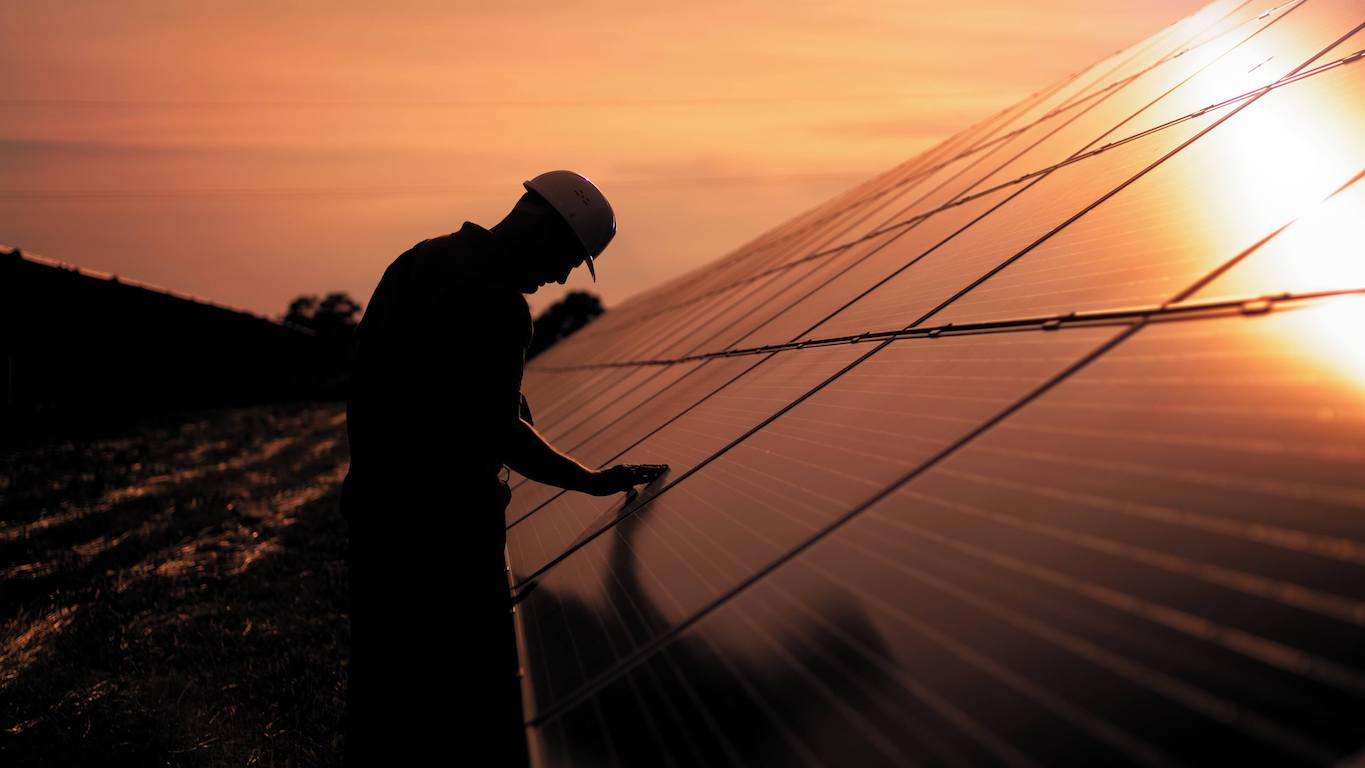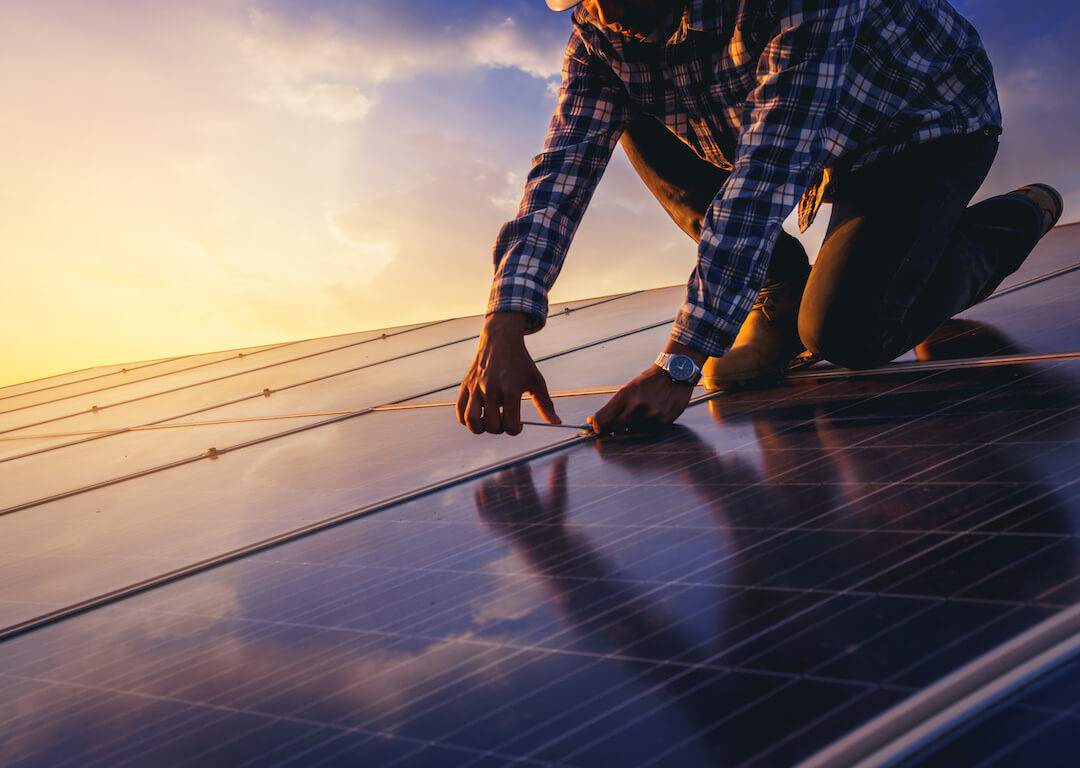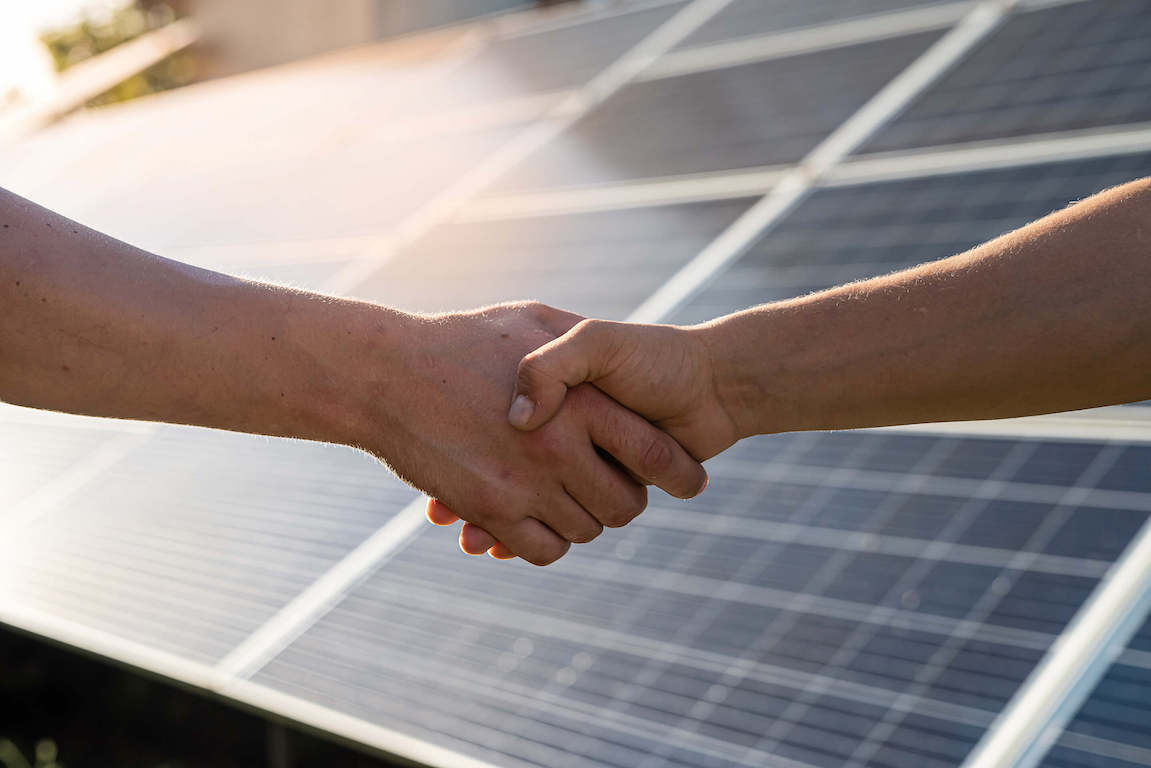Solar Installations: A Comprehensive Guide for Solar Power in Bakersfield

I. Introduction
The numbers don’t lie: solar energy is booming in Bakersfield, CA. In fact, Bakersfield is witnessing a solar energy explosion, with more and more homes and businesses harnessing the power of the sun to save on energy bills and reduce their environmental footprint. But, there are a few things you should know. Solar energy is an investment and it’s wise to understand what you’re getting into.
Whether you’re a homeowner looking to save on electricity bills, a business owner interested in sustainability, this guide is your one stop for everything you need to know about solar panel installation in Bakersfield. We’ll break down the technical jargon into easy-to-understand terms, ensuring you have all the information you need to make informed decisions about your solar journey.
Let’s demystify the world of solar power.
Chapter 1: The Basics of Solar Energy
What Is Solar Energy?
The sun’s rays are constantly bathing our beautiful city. But beyond its pleasant glow, sunlight carries tiny bundles of energy called photons. These little guys are like nature’s energy packages.
Solar panels are designed to capture these energetic photons. They’re packed with solar cells, each housing layers of super-thin material like silicon. When sunlight strikes these cells, it jolts the electrons inside them into action, creating an electric current.

This electric current flows through your solar panels and into an inverter, which works its magic by converting the direct current (DC) into alternating current (AC). AC is the type of electricity that powers your home and all your gadgets, from the toaster to the TV.
In a nutshell, solar energy is the process of harnessing sunlight and transforming it into clean, usable electricity. No smoke, no emissions, just pure, green power that’s 100% renewable. And here in Bakersfield, we’ve got an abundance of sun!
Chapter 2: The Components of a Solar System
Now that you have a grasp of solar panels, let’s introduce you to the other essential elements that work together to power your solar system.
1. Solar Panels: The Energy Producers
Think of solar panels as the workhorses of your solar setup. These rectangular panels contain photovoltaic (PV) cells that capture sunlight and convert it into electricity.
2. Inverters: The Power Transformers
Inverters play a crucial role by converting the direct current (DC) generated by solar panels into the alternating current (AC) used in your home. They act as translators, ensuring that the electricity produced is compatible with your appliances.
3. Mounting and Racking Systems: The Structural Support
These components serve as the structural support for your solar panels. They secure the panels in place on your roof or the ground, ensuring they are positioned optimally to capture sunlight.
4. Monitoring Systems: The Oversight Team
Monitoring systems keep a vigilant watch over your solar setup. They track energy production, detect any issues, and help you make the most of your solar investment. Essentially, they provide you with insights and ensure your home solar system runs smoothly.
Understanding these components is crucial to appreciating how a solar system operates. They work in harmony, each with its own role, to deliver clean and sustainable energy.
As we delve deeper, you’ll gain a comprehensive understanding of how these components come together to harness the power of the sun. In the next section, we’ll explore how solar panels work, unveiling the science behind this remarkable technology.

Chapter 3: How Solar Panels Work
Now, let’s unveil the magic behind those sleek, shining solar panels that adorn rooftops across Bakersfield. Understanding how they work is like discovering the secret recipe to your favorite dish.
1. Photovoltaic (PV) Cells: The Sun Whisperers
At the heart of every solar panel are photovoltaic cells, often referred to as PV cells. These cells are the sun whisperers, with an incredible talent for converting sunlight into electricity. Here’s how they do it:
Imagine each PV cell as a tiny power factory, about the size of a postage stamp. These cells are made of super-thin layers of special materials, typically silicon. Silicon is like the superstar of PV materials, highly efficient at capturing solar energy.
When sunlight bathes your solar panels, it’s not just a warm embrace; it’s a shower of energy-packed particles called photons. PV cells are like photon magnets. When a photon strikes a PV cell, it packs enough punch to dislodge an electron from its cozy spot within the cell’s atomic structure.
This newly liberated electron is on a mission, and it begins to move through the PV cell. This movement of electrons is what we call electricity – a flow of tiny charged particles.
But, there’s a twist. PV cells have one layer of silicon with an excess of electrons and another layer with fewer electrons. This creates an electric field between the layers, like a slope. Electrons, being the adventurous types, move from the higher electron density layer to the lower one. This movement generates a flow of electricity.
2. Types of Solar Panels: The Sun’s Artisans
Solar panels come in different types, each with its own approach to capturing and converting sunlight. The two most common types are monocrystalline and polycrystalline panels.
– Monocrystalline Panels: Think of these as the meticulous artisans. They are made from a single crystal structure, which makes them highly efficient at converting sunlight into electricity. They are also space-savers, great if you have limited roof space.
– Polycrystalline Panels: These panels are like the friendly neighborhood crafters. They are made from multiple crystal structures, which makes them a bit less efficient than monocrystalline panels. However, they are more budget-friendly and work well in situations with ample space.
Understanding the types of solar panels helps you choose the best fit for your solar setup.
By now, you’re venturing deep into the solar realm, unlocking the mysteries of PV cells and the different types of panels. In the next segment, we’ll delve further into the world of solar systems, exploring the various types available and helping you determine which suits your needs best.
Chapter 4: Types of Solar Systems
Now that you’ve unearthed the secrets behind solar panels, it’s time to choose the right tool for the job; not all solar systems are created equal, and selecting the one that aligns with your needs is crucial.
1. Grid-Tied Solar Systems: The Community Players
Grid-tied systems are like team players in a relay race. They work hand in hand with your local utility’s power grid. Here’s how it operates:
When your solar panels generate excess electricity, that surplus energy flows back into the grid. In return, you receive credits on your utility bill, thanks to a process called net metering. These credits can offset the cost of the electricity you draw from the grid when your panels aren’t producing, like at night.
2. Off-Grid Solar Systems: The Independent Adventurers
Off-grid systems are the lone wolves of the solar world. They operate independently, generating and storing all the electricity you need on-site. These systems are fantastic if you’re in a remote area without access to the power grid or if you simply crave energy independence.
To make this magic happen, off-grid systems include energy storage solutions like batteries. These store excess electricity generated during the day for use when the sun takes a break. It’s like having a savings account for sunshine.
3. Hybrid Solar Systems: The Versatile Chameleons
Hybrid systems are the versatile chameleons of the solar world. They offer the best of both worlds, combining grid-tied and off-grid elements. Here’s how they roll:
During sunny days, hybrid systems operate like grid-tied systems, feeding excess power back into the grid and earning you those valuable credits. But when the grid goes down (perhaps due to a storm), hybrid systems seamlessly switch to off-grid mode, ensuring your home still has power. It’s like having a backup generator without the noise and emissions.
Choosing the right solar system is a pivotal moment in your solar journey. It’s like selecting the perfect car for your road trip. The decision depends on your goals, location, and budget. And remember, no matter which system you choose, you’re taking a significant step toward a greener, more sustainable future.
Chapter 5: Assessing Your Solar Potential
Now, it’s time to determine if your location is an ideal candidate for solar power. Like scouting the best spot for a garden, it’s all about location.
The Importance of Site Assessment
Before diving in, it’s crucial to assess your property’s solar potential. This step ensures that your investment in solar energy will be as efficient and cost-effective as possible. Here’s why it matters:
1. Optimizing Sunlight Capture: Solar panels thrive on sunlight. A site assessment helps identify the areas on your property where panels can capture the maximum amount of sunlight throughout the day. This optimization directly impacts your system’s energy production.
2. Avoiding Shading Issues: Trees, nearby buildings, or other obstructions can cast shadows that reduce the efficiency of your solar panels. A proper assessment will reveal any potential shading issues and guide you in mitigating them.
3. Determining Panel Orientation: Solar panels are most effective when facing the sun directly. Through a site assessment, we can determine the best orientation for your panels, whether it’s on your rooftop, the ground, or a specialized mounting structure.

Factors Affecting Solar Potential
Key considerations:
1. Location: Bakersfield is blessed with abundant sunlight, making it an excellent location for solar power. However, even within this sunny city, some areas may receive more sunlight due to differences in local terrain and shading. A site assessment will precisely determine your location’s solar potential.
2. Shading: As mentioned earlier, shading can significantly impact your solar system’s efficiency. Shadows from trees, nearby buildings, or other structures must be assessed to minimize their impact on your panels.
3. Orientation: The direction in which your solar panels face is vital. In the Northern Hemisphere, panels facing south generally receive the most sunlight. However, east and west-facing panels can also be effective, depending on your specific location and energy needs.
4. Tilt Angle: The angle at which your solar panels are installed can affect their performance. The optimal tilt angle varies depending on your latitude. A site assessment will help determine the best tilt angle for your panels to maximize energy capture.
Chapter 6: Government Solar Energy Incentives
Please note. If you’d like a real-world estimate of your Federal rebate, our Instant Quote Calculator (https://competitivechoicesolar.com/bakersfield-solar-estimate-quote-tool/) handles that! Check it out!
You’re now well-versed in the art of solar energy, from its fundamental principles to the nitty-gritty of solar panel types and system choices. As you journey towards a greener, more sustainable future, there’s another essential aspect to explore: government solar energy incentives.
Overview of Available Incentives
Investing in solar energy not only reduces your environmental footprint but can also provide significant financial benefits. Bakersfield offers a range of incentives to make adopting solar power an even more appealing choice for homeowners and businesses. Let’s delve into these incentives:
1. Federal Tax Credits: The federal government offers a generous tax credit to encourage the adoption of solar energy. This credit allows you to deduct a percentage of the cost of your solar system from your federal taxes. It’s a dollar-for-dollar reduction in the income taxes you owe, making it a substantial incentive.
2. State Incentives: California, a trailblazer in renewable energy, offers various state incentives to promote solar adoption. These incentives can include rebates, performance-based incentives, and low-interest loans. The specifics may change over time, so it’s essential to check the latest offerings.
3. Local Rebates: Some local utilities and municipalities in Bakersfield may offer additional rebates or incentives for going solar. These can vary widely depending on your location, so it’s advisable to check with your local utility or government for potential perks.
It’s important to note that incentives and programs can change, so staying up-to-date with the latest offerings is crucial. Consulting with experienced Competitive Choice Solar’s installers in Bakersfield is also a smart move. They can provide guidance on the current incentives and help you navigate the application process to ensure you maximize your savings.
Chapter 7: The Installation Process
It’s time to embark on the next phase of your solar journey: the installation process. This chapter will illuminate the path to harnessing the sun’s power for your Bakersfield home or business.
Step-by-Step Guide to the Installation Process
Installing solar panels might seem like a complex undertaking, but with the Competitive Choice Solar’s professional guidance and a clear overview of the process, it becomes much more manageable. Here’s a step-by-step guide to demystify the installation process:
1. The Instant Quote Tool: It all begins with our dead-simple Instant Quote Calculator. This calculator was designed by Competitive Choice Solar, specifically for you, our beloved customer. Answering just 5 to 7 easy questions generates a quote which we will honor in the real world. In other words, the price it quotes you is the price you will pay. To check it out, click/tap here:
2. Initial Consultation: Next, a conversation with Terry Thomas, himself, who will assess your energy needs, evaluate your property’s solar potential, and discuss your goals. This consultation helps determine the optimal system size and type for your unique situation.
3. Site Assessment: After your initial consultation, a site assessment is conducted. CCS experts will evaluate your property’s orientation, shading, and available space to ensure the solar panels are positioned for maximum sunlight exposure.
4. System Design & Permitting: Based on the site assessment and your energy needs, a customized solar system design is created. This design includes the placement of solar panels, inverters, and any necessary structural elements. Then, we get the necessary permits on your behalf.
5. Installation: Installers will mount the solar panels, connect the wiring, and install the inverters. Unlike most of our competitors, Competitive Choice Solar gets this done within 2-3 days for most installations. Not weeks. We inspect it, then connect to the grid.
6. System Activation: It’s the moment you’ve been waiting for. Your solar system is activated, and you can start enjoying the benefits of clean, renewable energy.
What to Expect During the Installation
– Minimal Disruption
– Quality Assurance
– System Explanation

Chapter 8: Conclusion
As we wrap up this comprehensive guide to solar energy in Bakersfield, let’s recap some key takeaways and encourage those who are just beginning their journey into the world of solar power.
The process of transitioning to solar energy may seem daunting, but with Competitive Choice Solar’s guidance and resources, it’s entirely manageable.
In Bakersfield, where abundant sunshine is a daily gift, the transition to solar energy is both environmentally responsible and economically advantageous. It’s an investment that pays dividends, not only in terms of energy savings but also in creating a cleaner, more sustainable future for our community.
If you’re considering solar panel installation in Bakersfield, we encourage you to explore your solar potential, leverage available incentives, and partner with our trusted solar installers to make this transition as smooth as possible.
If you have any questions or are ready to take the next step in your solar journey, don’t hesitate to get in touch with us. We’re here to help you make the most of the abundant solar resources in Bakersfield.
Thank you for choosing Competitive Choice Solar.
